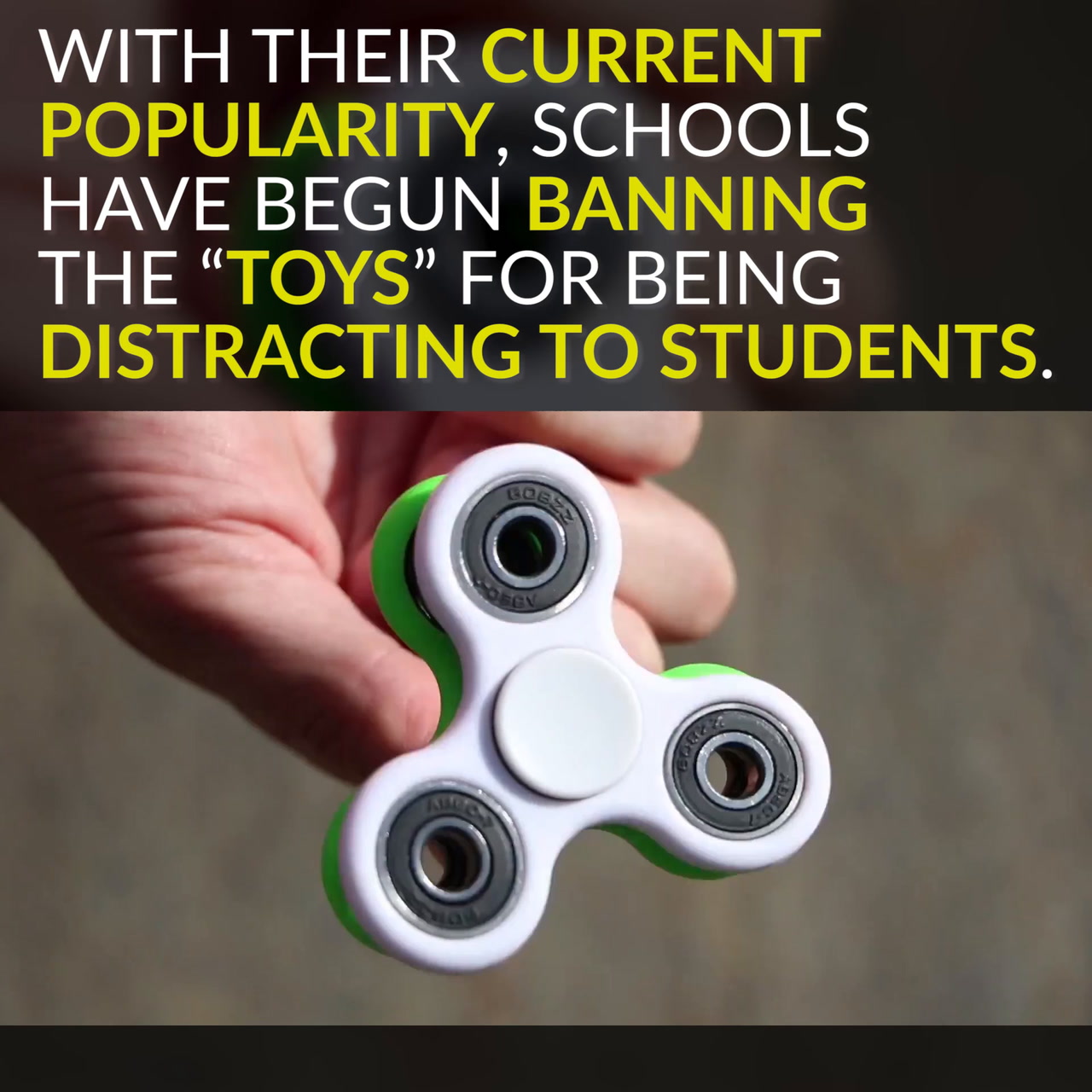Fidget tools are used in the health community for reasons other than ‘just a toy.’
Transcription:
Fidgets are more than just the latest toy trend.
With their current popularity, schools have begun banning the “toys” for being distracting to students.
But fidgets have been a therapy tool for years…
Helping people with anxiety, autism, ADHD and many more conditions.
They can also be used to create conversation with non-disabled people to learn about differences and coping skills.
“My therapist handed me a fidget cube after I dissociated during a session and struggled to come back into the room.” – Megan R.
“My oldest son uses his when we are talking about uncomfortable topics. After a few days it just became a calming tool.” – Lisa G.
“I have a fidget cube to alleviate my anxiety at seminars at university so I can participate in discussions without physically shaking.” – Bob S.
“I have dermatillomania and dermatophagia and I use it to stop biting/picking.” – Becky S.
“I use it at work when talking to customers. It is inconspicuous and quiet. It helps me talk to and look at people versus looking down.” – De C.
“I love mine. It’s an outlet for the H in my ADHD!” – Kim G.
“Whenever I start having an anxiety attack, I use it to focus and breathe. It gives me something to fidget with as well as focus my sight.” – Alexandra U.
Yes, when used as purely a toy, a fidget may seem distracting.
But we can’t forget how many people need them for reasons past entertainment.
Let’s spread empathy, not judgment.

